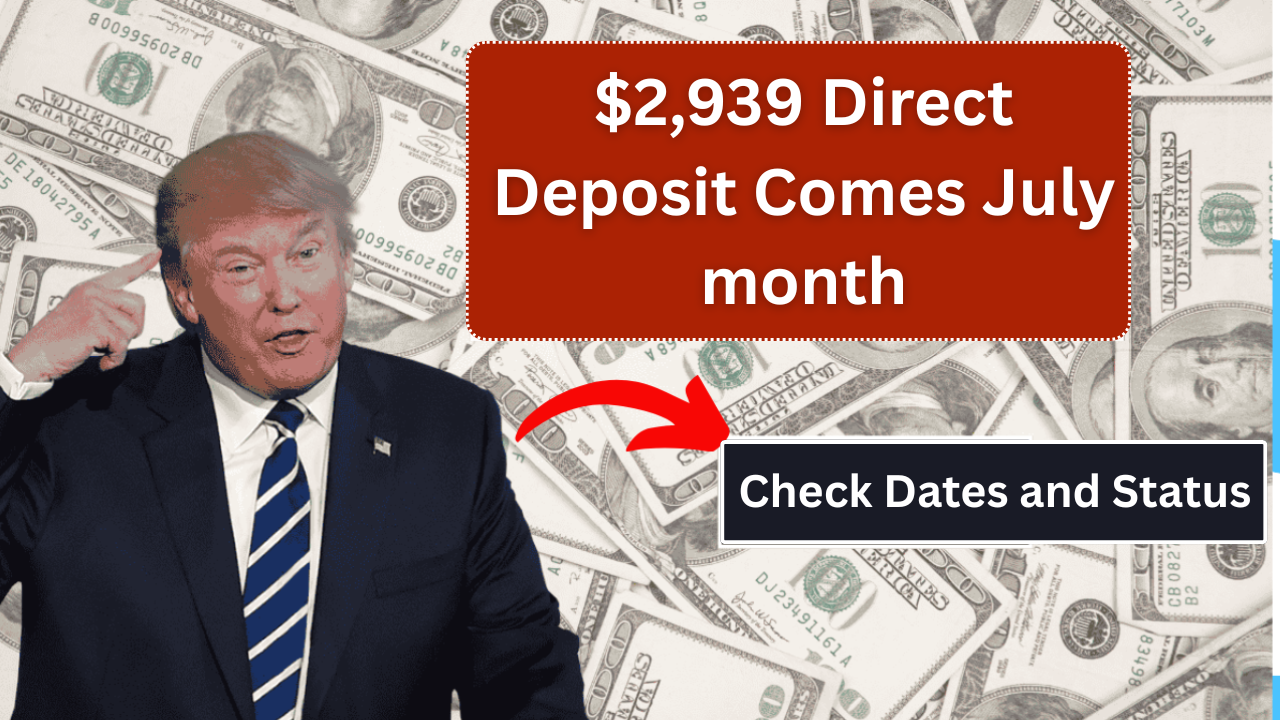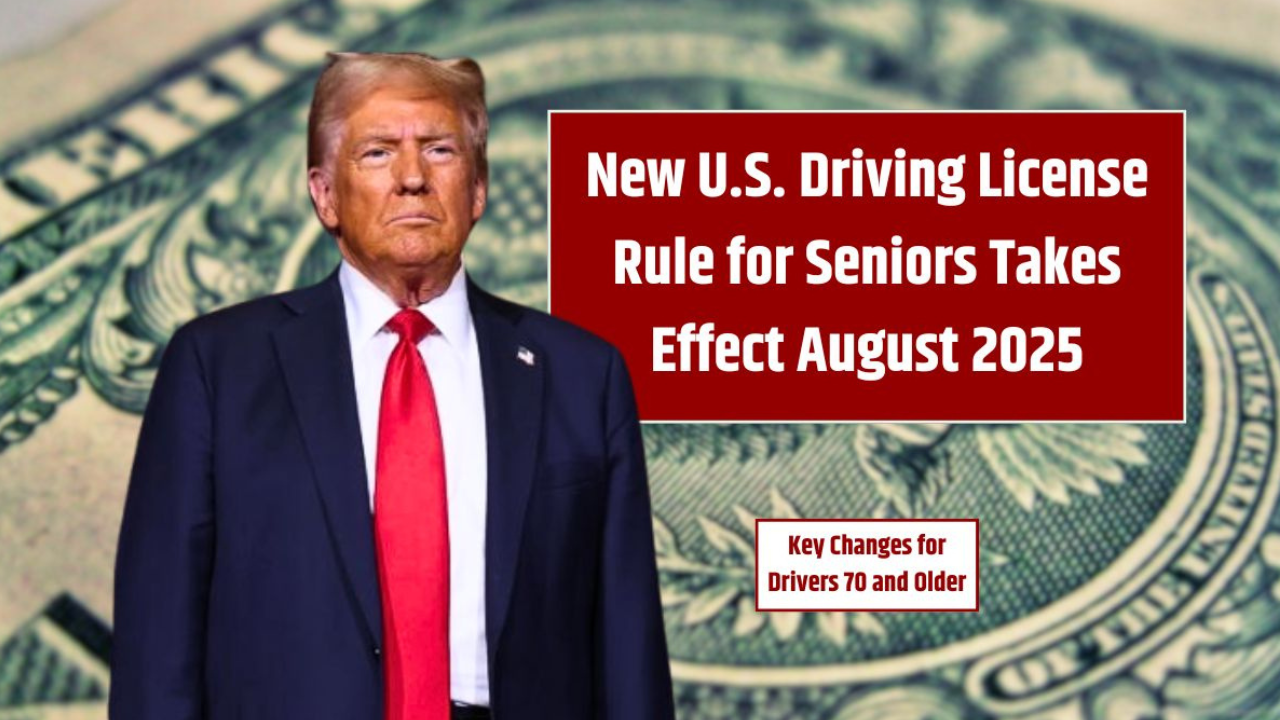$2,939 IRS Payment July 2025:For millions of Americans facing rising living costs, the news of another IRS payment is not just a headline, but a lifeline. In July 2025, an IRS payment of $2,939 is arriving to eligible citizens across the United States. Whether you’re managing rent, groceries, healthcare bills, or just trying to get by, this payment could be a much-needed boost.
So, who is eligible for this financial relief? When will the money arrive in your account? And how can you apply if you haven’t yet? Here’s a complete guide—clear, simple, and with a human touch—so you know where you stand.
What is The $2,939 IRS Payment?
This $2,939 payment isn’t a random boost—it’s part of a targeted federal financial aid effort aimed at helping low- to moderate-income families, retirees and individuals in the economic recovery through 2025. Rising inflation, constant changes in the job market and post-pandemic adjustments have left many Americans struggling.
This IRS payment isn’t universal like the COVID-19 stimulus checks. Rather, it’s income-based and situation-specific, meant to help those who need it most.
Who is Eligible for The IRS Payment of $2,939?
Not everyone is eligible, but if you fall into any of these categories, you may be eligible:
1. Low-to-moderate income households
If your adjusted gross income (AGI) is below a certain threshold, you may be eligible. For the 2024 tax year:
- Single return filers with incomes under $45,000
- Heads of household with incomes under $65,000
- Married couples filing jointly with incomes under $90,000
These are general guidelines, and other factors may affect eligibility.
2. Federal benefit recipients
If you’re already receiving the following benefits:
- Social Security (SSDI/SSI)
- Veterans Affairs (VA) payments
- Retirement benefits
You may automatically be eligible for a payment without having to apply.
3. Families with dependents
People who claimed dependents on their 2024 tax returns—particularly children under the age of 17—may be entitled to additional credits, which could total $2,939 or more per household.
4. Taxpayers who claimed the Earned Income Tax Credit (EITC)
Individuals who claimed the EITC may be prioritized for this round of payments, as this credit targets low-income working Americans.
When will the $2,939 payment arrive?
The IRS has announced that payments will begin in phases starting July 22, 2025.
- Here’s an estimated payment timeline:
- July 22-26: Direct deposits to bank accounts on file with the IRS
- July 29-August 2: Paper checks will be sent in the mail to those who didn’t receive direct deposit
- After August 5: Follow-up payments or corrections
If your banking information has changed since your last tax filing, now’s the time to update it through the IRS online account portal.
How to apply (if you haven’t yet)
In most cases, you don’t need to apply manually if you:
- filed your 2024 tax return
- receive federal benefits
- are already enrolled in government assistance programs
However, if you didn’t file taxes in 2024 or have little or no income, you may still be eligible. Here’s how:
Step 1: Visit the IRS’s official website
Look for updates in the “Economic Impact Payments” or “Latest News” section.
Step 2: Use the Non-Filer Sign-Up Tool
This allows individuals who have not filed taxes to submit the basic information the IRS needs to issue a payment.
Step 3: Provide direct deposit information
This expedites your payment and avoids delays caused by mail or check errors.
Step 4: Confirm Submission
After you submit your information, the IRS will provide you with a confirmation number and update you via email or letter.
How to track your payment
- You can monitor your payment status through:
- The “Get My Payment” tool on the IRS website
- Your IRS online account, where you can check deposit dates and correspondence
If you’re receiving a paper check, USPS Informed Delivery
Frequently Asked Questions (FAQs)
Q: Is the $2,939 payment taxable?
Ans: No, it’s a tax credit or direct relief payment and will not be considered taxable income.
Q: Will receiving it affect my other benefits (such as SNAP or Medicaid)?
Ans: No. This payment is considered one-time federal assistance and will not count toward most income-based benefit programs.
Q: What if I don’t file taxes in 2024?
Answ: You can still apply using the IRS non-filer tool if you’re eligible. But filing taxes is the best way to make sure you don’t miss out.
Q: I recently moved. How do I make sure my check goes to the right place?
Ans: Update your address using the IRS “Change of Address” form or through your IRS online account.
Final Thoughts: Relief That Matters
The $2,939 IRS payment isn’t just about numbers—it’s about providing some relief to real people in a tough economy. Whether you’re a working parent, a senior on a fixed income, or someone trying to rebuild, this financial aid can help fill the gap.
So check your situation, file your taxes if you haven’t yet, and keep an eye on your account. Relief could be closer than you think.





